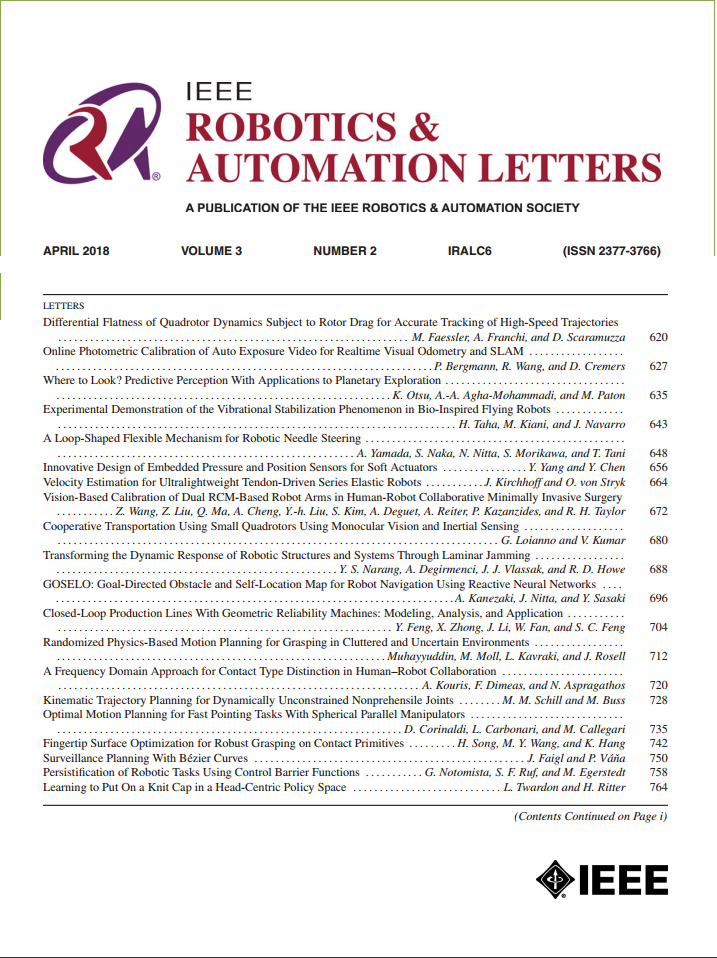基于对比学习的安全无监督域自适应框架及其在跨工厂智能制造中的应用
IF 4.6
2区 计算机科学
Q2 ROBOTICS
引用次数: 0
摘要
机器学习已广泛应用于工业智能制造领域。然而,由于不同工厂的数据存在显著的领域差异,因此在单一工厂数据集上训练的模型很难实现跨工厂重用。无监督领域自适应是解决这一问题的一种方法,但其基本假设是源领域数据是可用的。随着现代制造业对数据和互联网安全的日益重视,源数据的隐私保护使其变得不可用。为了应对这一挑战,我们提出了一种基于对比学习的安全无监督域适应框架,它不需要源域数据,依靠源域训练有素的模型和目标域未标记的数据就能实现高精度的域对齐。我们在数字识别基准转移任务和实际工业案例中进行了充分的实验研究,证明所提出的方法在性能上优于最先进的方法。值得一提的是,所提出的方法可以消除对源域数据的依赖,有效确保跨工厂数据隐私保护,为智能网络化协同制造提供了新的可能。本文章由计算机程序翻译,如有差异,请以英文原文为准。
Contrastive Learning-Based Secure Unsupervised Domain Adaptation Framework and its Application in Cross-Factory Intelligent Manufacturing
Machine learning has been widely applied in industrial intelligent manufacturing. However, significant domain differences in data across factories make it difficult for models trained on a single factory dataset to achieve cross-factory reuse. Unsupervised Domain Adaptation is a method to address this issue, but its basic assumption is the source domain data is available. With increasing attention to data and internet security in the modern manufacturing industry, privacy protection of source data makes it unavailable. To address this challenge, we propose a contrastive learning-based secure unsupervised domain adaptation framework, which does not require source domain data and can achieve high-precision domain alignment by relying on the source domain well-trained model and the target domain unlabeled data. We conduct sufficient experimental studies on a digital recognition benchmark transfer task and a real industrial case, demonstrating that the proposed method outperforms state-of-the-art methods in terms of performance. It is worth mentioning that the proposed method can eliminate the dependence on source domain data, effectively ensuring cross-factory data privacy protection and providing new possibilities for intelligent networked collaborative manufacturing.
求助全文
通过发布文献求助,成功后即可免费获取论文全文。
去求助
来源期刊

IEEE Robotics and Automation Letters
Computer Science-Computer Science Applications
CiteScore
9.60
自引率
15.40%
发文量
1428
期刊介绍:
The scope of this journal is to publish peer-reviewed articles that provide a timely and concise account of innovative research ideas and application results, reporting significant theoretical findings and application case studies in areas of robotics and automation.
 求助内容:
求助内容: 应助结果提醒方式:
应助结果提醒方式:


